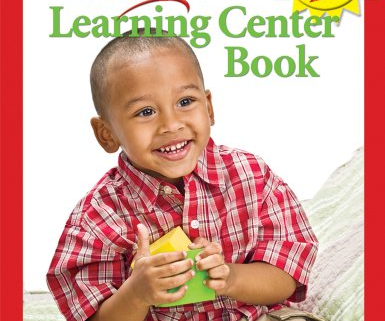Top 14 Hints for Effective Learning Centers
The Complete Book of Learning Centers, Revised. (2008). Gryphon House: Beltsville, MD. By Rebecca Isbell.
- Be sure to select Centers that match your children’s developmental level, interest, and experiences. Play is more complex when they know about the theme, roles, and props.
- Provide sufficient time for children to become deeply involved in Center play (30-50 minutes).
- Take a look at your management system: Do children understand how to make choices, follow through by going to that place, and cleaning up when finished?
- Add related books and writing tools to each Center, to increase literacy opportunities. A bedtime story book in housekeeping next to the baby crib or a pad/pencil in the restaurant for taking orders.
- Involve the children in creating props for the Centers. This increases their ownership of the space and encourages them to more responsible for the care of the items.
- Rotate in a “new” center into your classroom that will inspire different play, language, and roles. For example: “Camping”, “Fitness” or “Shoe Store.”
- Have a “grand opening” for a new Center, when it is added. Visit, talk, and model play in the Center during the opening.
- Create a big book of photos of children working in Centers. Place this popular book in the Library Center—watch them “read”.
- When interest in a Center is fading, add a new prop or new open-ended material. If this doesn’t work close the Center and bring it back at a later time.
- Be a floater, moving around the different Centers. You can observe and write-down meaningful learning that is occurring, including the child’s name and date of the observation. This is authentic assessment.
- After Center time, regroup for talking and reflecting, “What did you do during Center Time today?” Write down their ideas or let them create drawings of their work. Display reflections for children and parents to see.
- Make sure Center areas have clearly defined boundaries. Young children need to be able to see where each Center begins and the space it contains. Book cases or low screens, are example of effective dividers.
- Storage and display of items in Centers should be clearly labeled and easy to find. This helps the children be more independent in their play and see “new” options that will extend their play.
- If you only have a few Centers to use—partner with another teacher and share your Centers. This will increase the number of possibilities and provide your children with more opportunities.
If you have questions related to the effective use of Learning Centers in early childhood settings please contact me and we can talk further.



